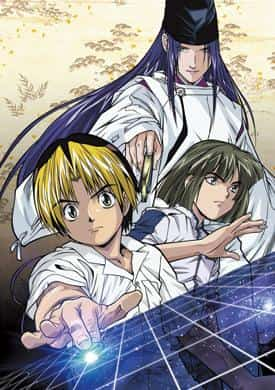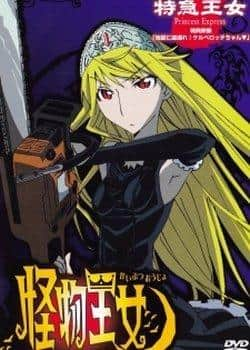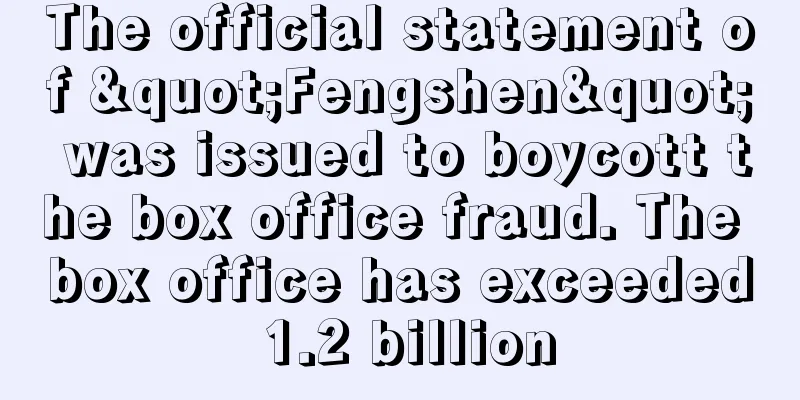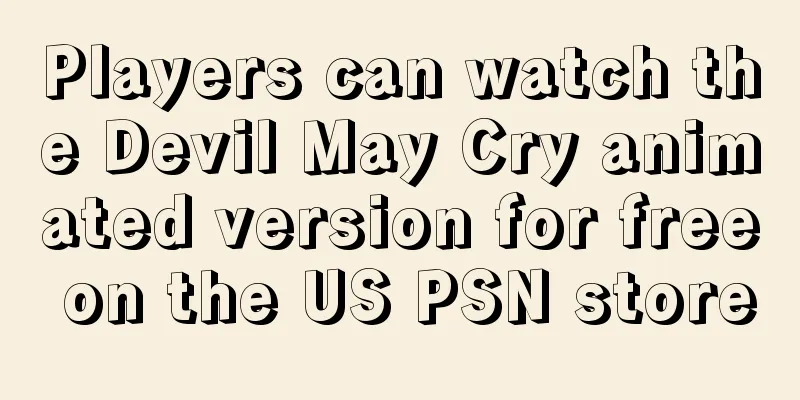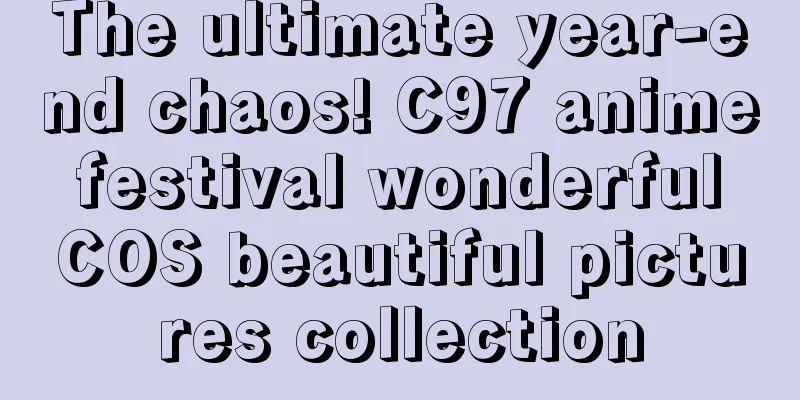The charm and horror of "Higurashi When They Cry": An in-depth review
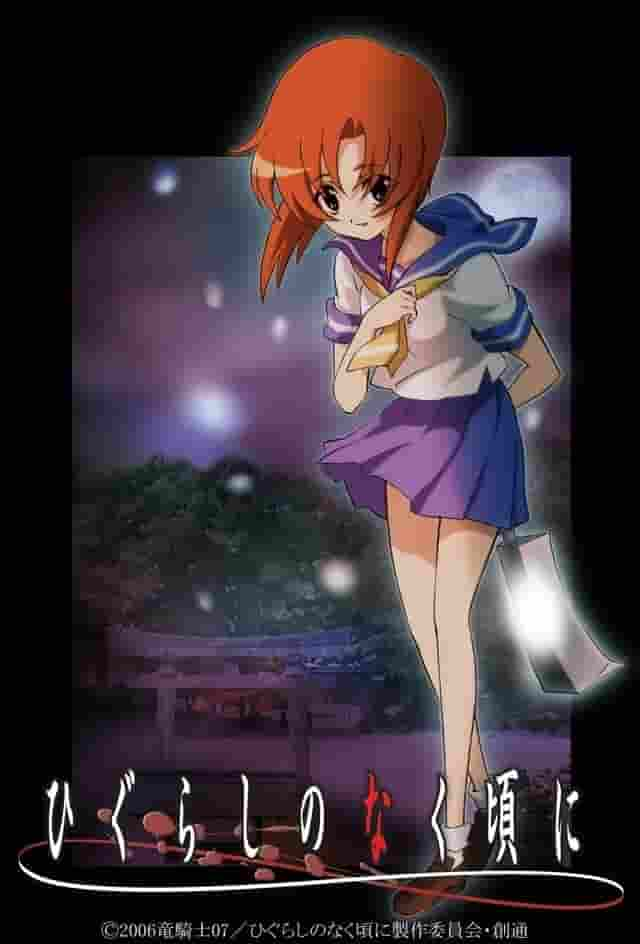
"Higurashi When They Cry" - Summer in Hinamizawa where fear and friendship intersect"Higurashi When They Cry" is a TV anime series that aired in 2006, originally a game by Ryukishi07 of the doujin group "07th Expansion". The story is set in the summer of 1983, and revolves around a series of mysterious deaths in Hinamizawa, a poor village with a population of less than 2,000, and depicts a story of friendship and fear intertwined. Below, we will delve deeper into the appeal and details of this work. ■Overview of the workHigurashi When They Cry aired on multiple TV stations, including Kansai TV, from April 4 to September 26, 2006. It consists of 26 episodes, each 30 minutes long. Animation was handled by Studio DEEN, and the Higurashi When They Cry Production Committee (Frontier Works, Geneon Entertainment, Sotsu) produced the series. It was directed by Kon Chiaki, series composition by Kawase Toshifumi, and character design and general animation director Sakai Kyuta. ■ StoryKeiichi Maebara, who moved to Hinamizawa from the city in the summer of 1983, is a cheerful and talkative boy who quickly becomes friends with his classmates. He especially becomes good friends with the devoted Rena Ryugujo, the leader Mion Sonozaki, the trap expert Satoko Hojo, and the mysterious Furude Rika, the daughter of Furude Shrine, and spends happy days together. However, when the "Watanagashi" festival, which is held every June, comes into play, Keiichi's surroundings gradually begin to change as he becomes acquainted with the mystery of a series of mysterious deaths that occur in Hinamizawa. A tragedy repeats itself on the day of the festival, and while pursuing the truth behind the incidents in which one person dies and one person goes missing every year, Keiichi steps into the darkness of the village. ■ CharactersThe protagonist, Maebara Keiichi, is a curious and passionate boy. Having moved from the city, he is quick-witted, but sometimes gets into trouble due to his lack of attention to detail. He is also known as the "Magician of the Lie" for his eloquence, and calls himself the "Evangelist of Moe" and has a strong opinion on costumes. Ryugu Rena is Keiichi's best friend and has a devoted personality. She has a weakness for "cute" things, and has a habit of "taking them home" whenever she finds them. Sonozaki Mion is one year older than Keiichi and Rena, and is a leader in her class, serving as the class representative. She is a high-spirited, easy-going, big sister type, and is also the next head of the Sonozaki family, a famous family in the village. Hojo Satoko is a junior student of Keiichi and Rena, and is the best trap master in Hinamizawa. She hates to lose and has a cheeky side, but she is still young and sometimes cries when teased. Furude Rika is the only daughter of Furude Shrine and a girl with the cuteness of a kitten. She plays the role of a shrine maiden at the "Watanagashi Festival" every June, and has a calmness and mystery that doesn't suit her age. ■ Background and influences"Higurashi When They Cry" started out as a doujin game distributed at Comic Market. The game was a big hit and was adapted into a drama CD, manga, and anime, leading to a mixed media development. The manga in particular has sold over 1.5 million copies, and the sound novel game series continues to sell well today. After the anime aired in 2006, its popularity has not waned, with a second season planned for 2007. ■ Evaluation and acceptance"Higurashi When They Cry" attracted many viewers with its unique atmosphere and meticulously crafted story development. It was especially praised for its exquisite blend of horror elements and the portrayal of friendship. The characters' relationships and psychological portrayal were also deep, leaving a strong impression on viewers. Additionally, the subtitles and episode structure for each episode were cleverly designed to keep viewers from getting bored. Furthermore, the music and the performances of the voice actors were also important elements in livening up the atmosphere of the work, and the opening theme "Higurashi When They Cry" and the ending theme "Why, or Why Not" were particularly loved by many fans. ■ Related worksMany related works have been produced since then. Sequels include Higurashi When They Cry Kai, Higurashi When They Cry Rei, Higurashi When They Cry Kira, Higurashi When They Cry Expanded ~Outbreak~, Higurashi When They Cry Gaiden Nekogoroshi-hen, and Ura☆Higu. These works delve deeper into the world of the original work and live up to the expectations of fans. ■ Recommendation points"Higurashi When They Cry" is a fascinating work that depicts horror, mystery, and friendship. In particular, the characters' relationships and psychological portrayals are deep, leaving a strong impression on viewers. Additionally, the subtitles for each episode and the episode structure are cleverly designed to keep viewers from getting bored. Furthermore, the music and the voice actors' performances are also important elements that enhance the atmosphere of the work, and the opening theme "Higurashi When They Cry" and the ending theme "Why, or Why Not" in particular were loved by many fans. This work is recommended not only for those who like horror, but also for those who like mysteries and human dramas. In particular, it is a work that you should definitely watch if you want to feel the growth of the characters and the depth of their friendship. Also, the original game and manga are very interesting, so if you are interested, please check them out. ■Detailed episode commentary"Higurashi When They Cry" consists of 26 episodes. Below, we will introduce the overview and highlights of each episode.
■Music and voice actorsThe music for "Higurashi When They Cry" was written by Kawai Kenji. His music is an important element in enhancing the atmosphere of the work, and the opening theme "Higurashi When They Cry" and the ending theme "why, or why not" in particular were loved by many fans. The voice actors are also impressive, with Soichiro Hoshi as Keiichi Maebara, Mai Nakahara as Rena Ryugu, Satsuki Yukino as Mion Sonozaki, Mika Kanai as Satoko Hojo, and Yukari Tamura as Rika Furude, all of whose performances bring out the individuality of each character. Conclusion"Higurashi When They Cry" is a very attractive work that depicts horror, mystery, and friendship. In particular, the characters' relationships and psychological depictions are deep, leaving a strong impression on the viewer. In addition, the subtitles and episode structure for each episode are also cleverly designed to keep the viewer from getting bored. Furthermore, the music and the voice actors' performances are also important elements that liven up the atmosphere of the work, and the opening theme "Higurashi When They Cry" and the ending theme "why, or why not" were especially loved by many fans. This work is recommended not only for people who like horror, but also for people who like mystery and human drama. In particular, it is a work that should be watched by those who want to feel the growth of the characters and the depth of their friendship. In addition, the original game and manga are also very interesting, so if you are interested, please check them out. |
<<: The appeal and evaluation of Disgaea: New possibilities for strategic RPGs
>>: "Glass Fleet": A combination of epic maritime adventure and profound human drama
Recommend
The animated film "Japan Sinks" director's cut of Yuasa Masaaki is expected to be released on November 13th
The Netflix exclusive animation "Japan Sinks...
One Piece animated film "FILM RED" episode trailer will be released on August 6
The new animated film "ONE PIECE FILM RED&qu...
Tototo's Song: A thorough analysis of the charm and emotion of everyone's songs
Tototo's Song - The charm and history of Minn...
The special episode of "Friends" may officially start filming in Los Angeles next week, with the six main actors returning
According to a new report from foreign media Dead...
The appeal and reviews of "To Heart2 adnext Short Story": A moving short anime experience
ToHeart2 adnext Short Story - Beyond the emotion,...
Berserk of Gluttony: A thorough analysis of the ultimate gourmet battle
"Berserk of Gluttony" - A story of appe...
Anne Hathaway to play a major role in Under the Silver Lake director's new film
The hollywoodreporter reported today (March 18) t...
Secret Society Eagle Talon EX review: A perfect balance of laughs and action
Secret Society Eagle Talon EX - Himitsukesha Taka...
TV animation "Fire Force" Chapter 2 new episode character stills released, destructive weapons appear
The TV animation "Fire Force: Chapter 2"...
The third season of the American TV series "Stranger Things" was announced to be completed, which is suspected to be the final season
The third season of the popular American TV serie...
The new PV of the animated film "Dragon Ball Super: Super Heroes" was released on April 22 next year
Today (December 18), Toei officially announced th...
Japan's "Manga Awards 2021" nominations TOP10 announced, reviewing masterpieces from the past year
Japan's "Manga Award 2021" selectio...
Paramount reveals Transformers and G.I. Joe crossover movie is in the works
According to foreign media "escapist", ...
The 10th "One Piece" movie "One Piece: Strong World" is set
The movie "One Piece: Strong World", in...
Review of "Kujakuoh: Onikaeshi": A fusion of captivating story and visuals
"Kujakuoh: Oni-Kaengsai": The pinnacle ...
